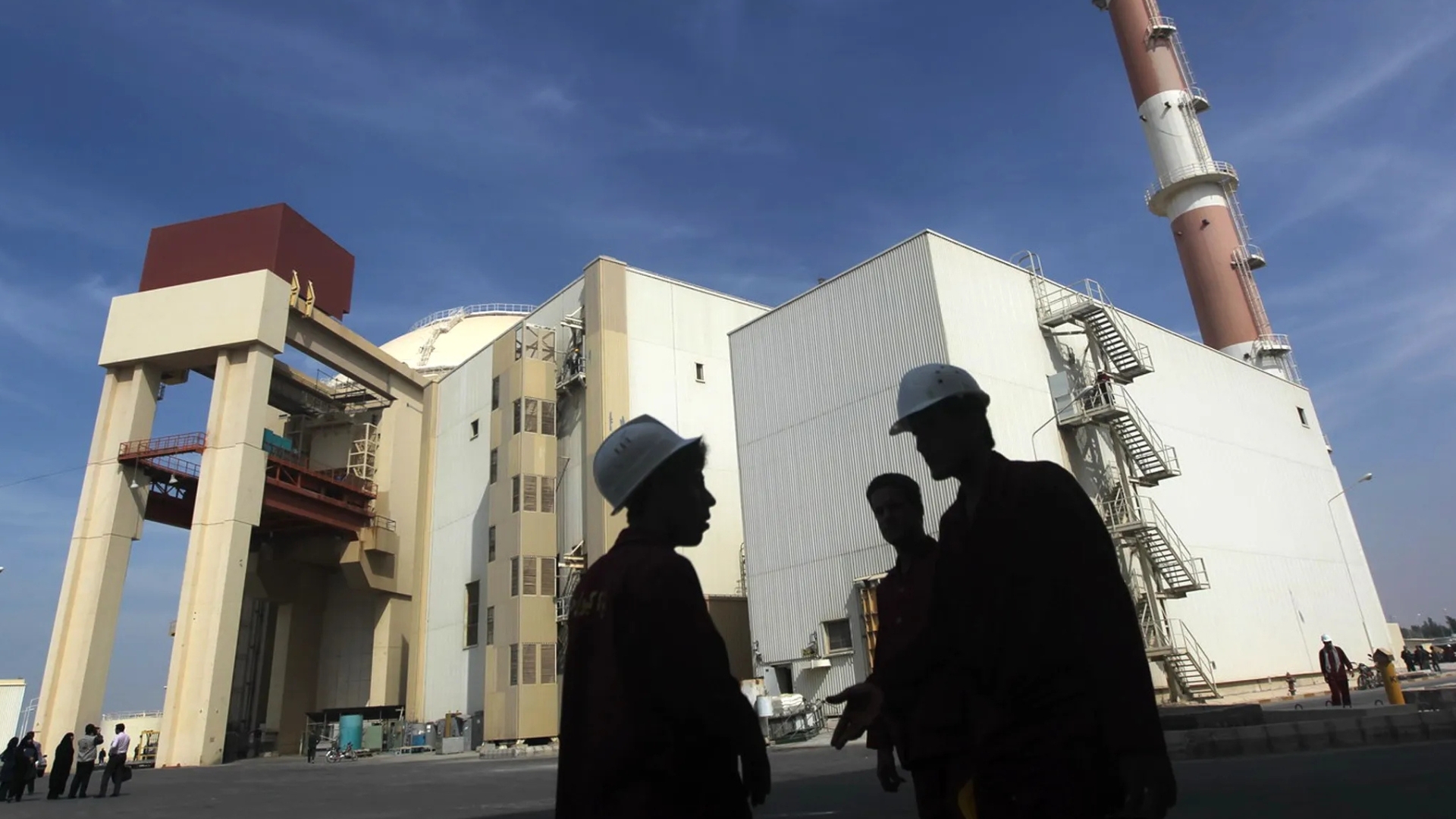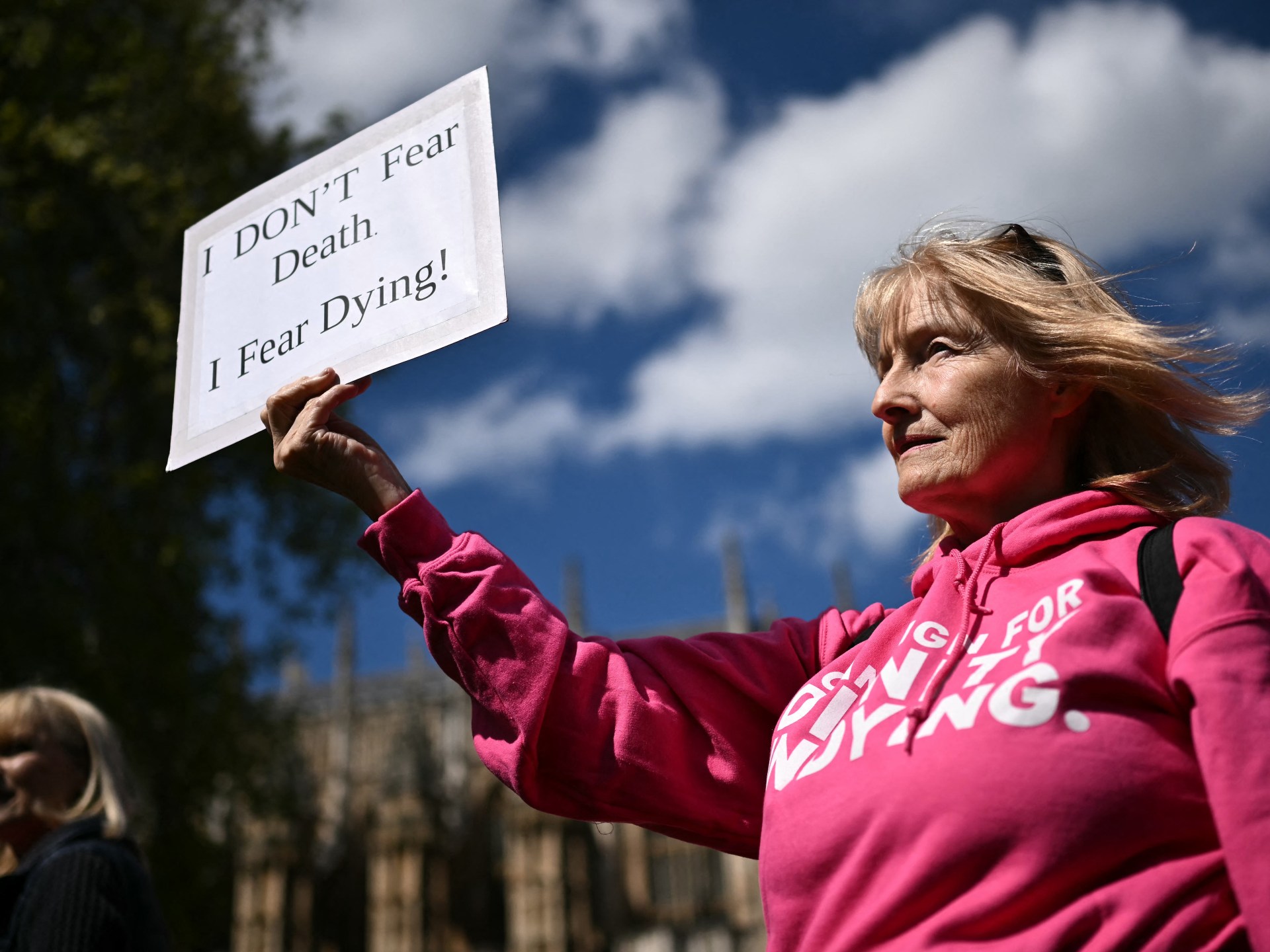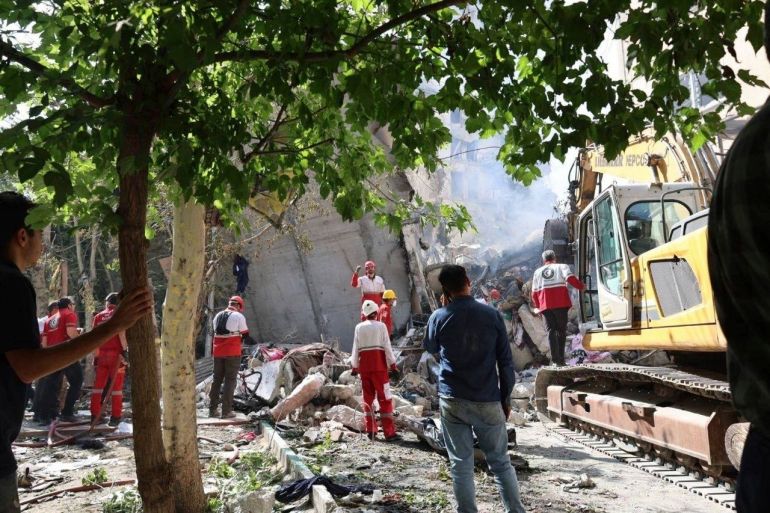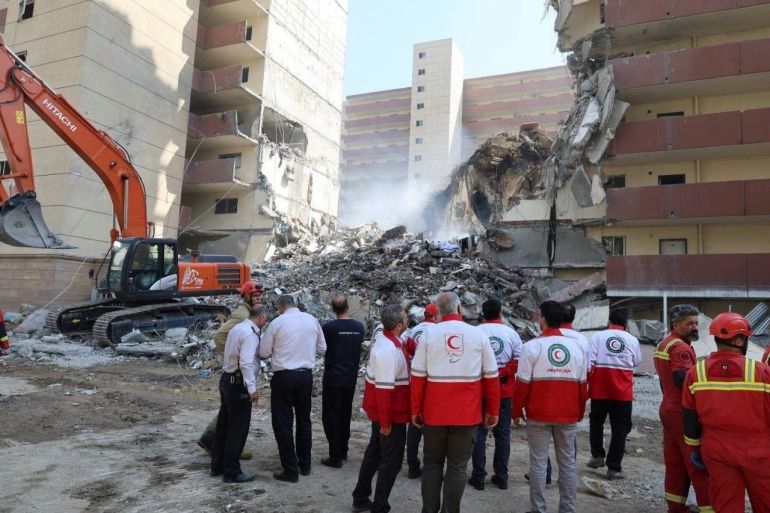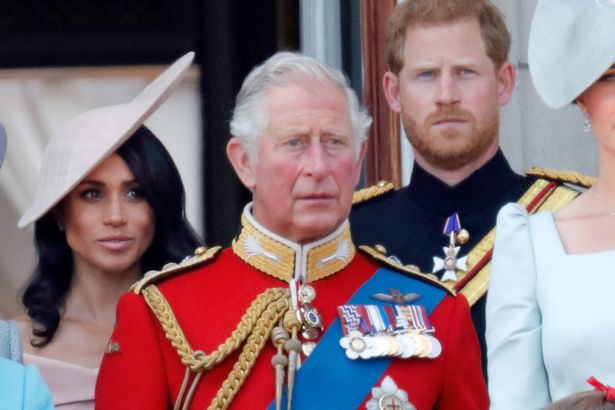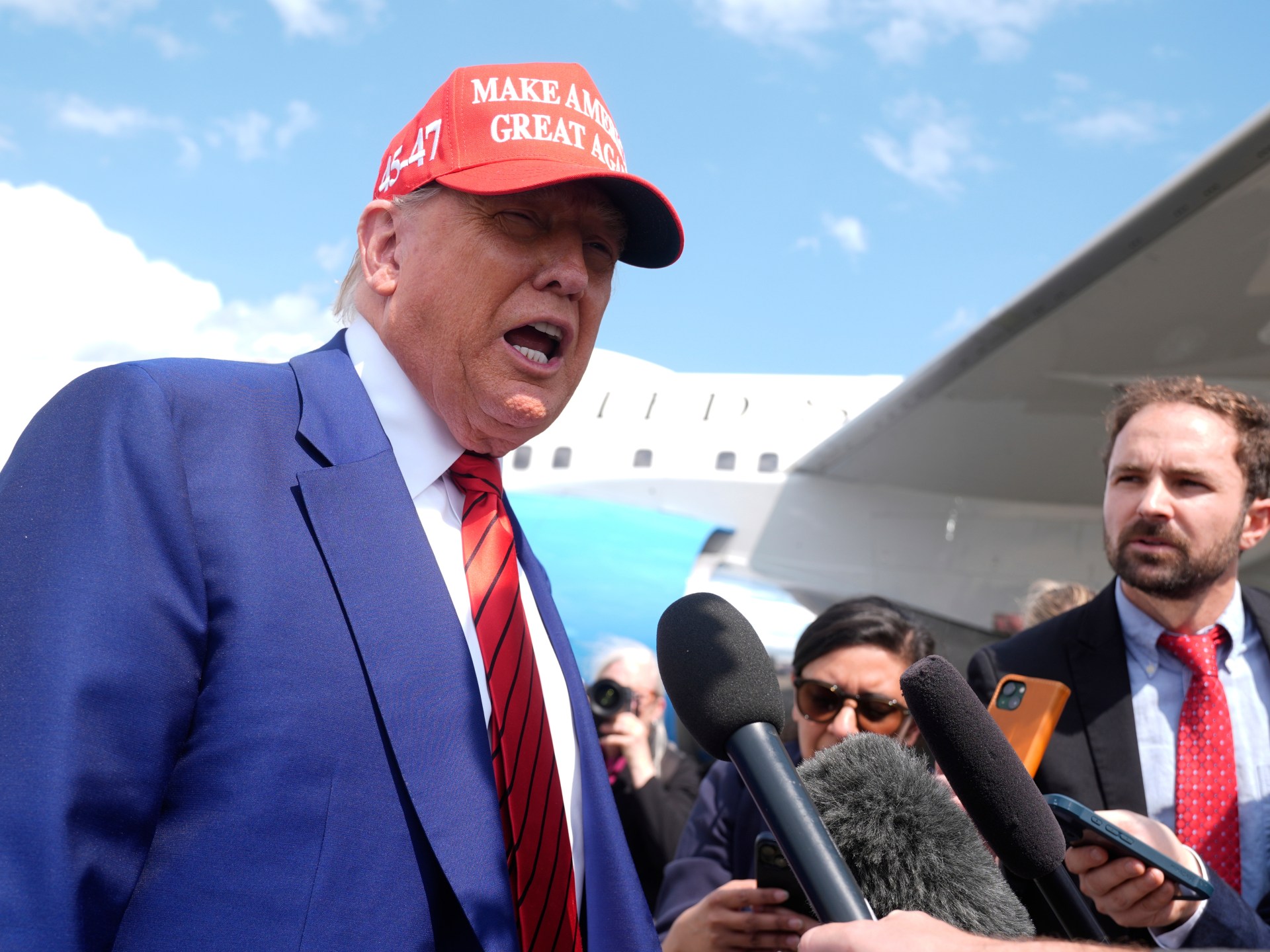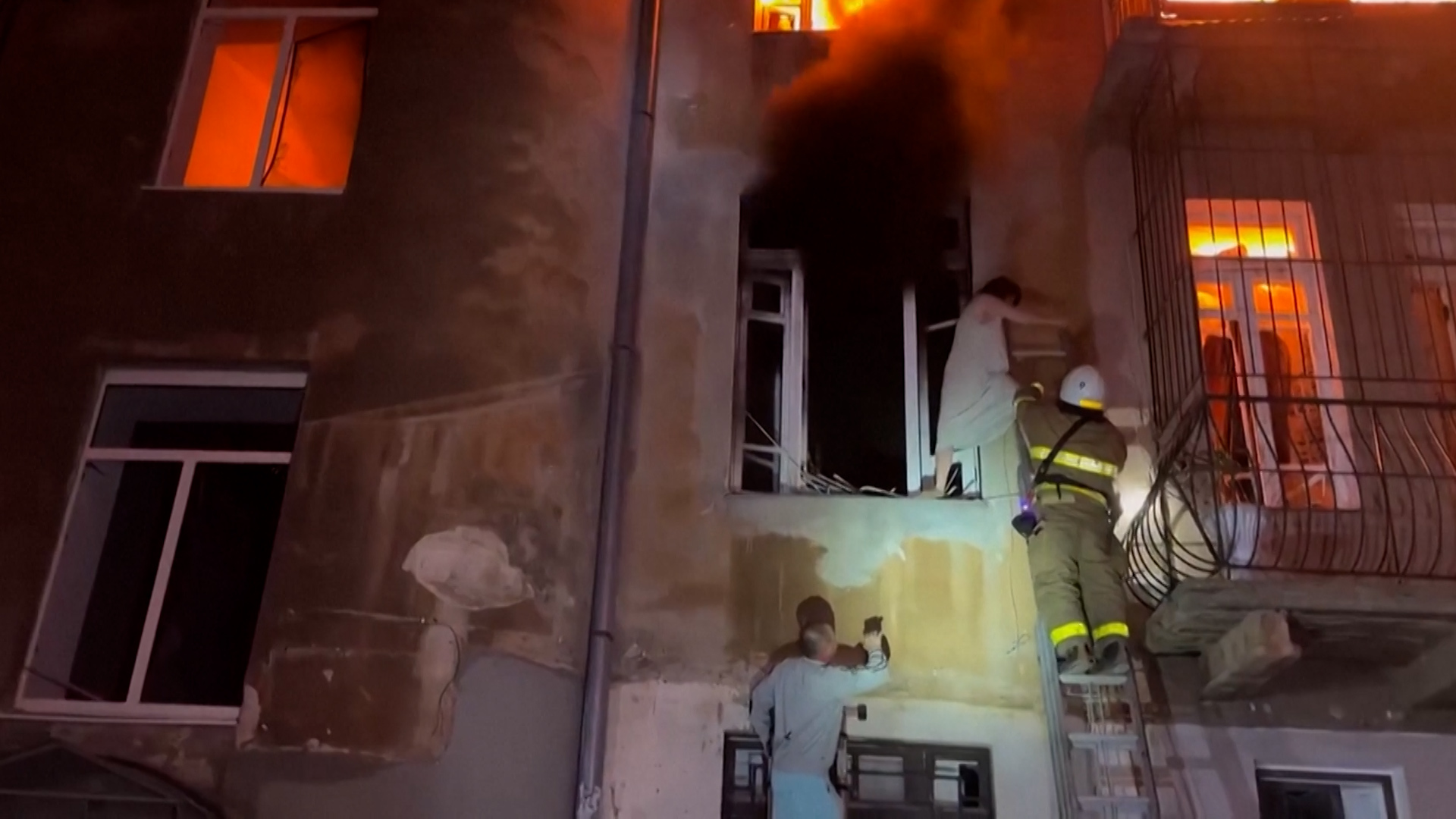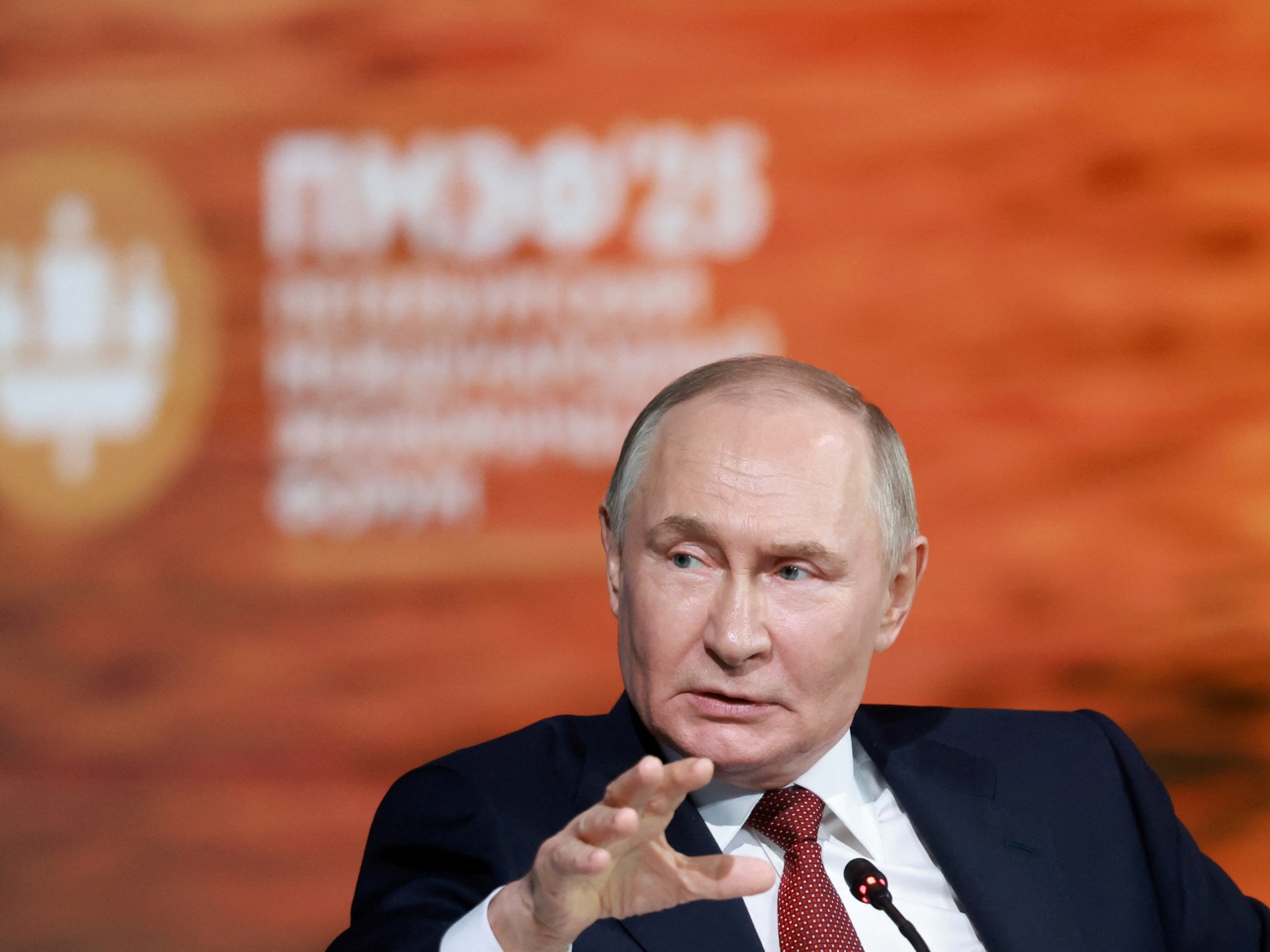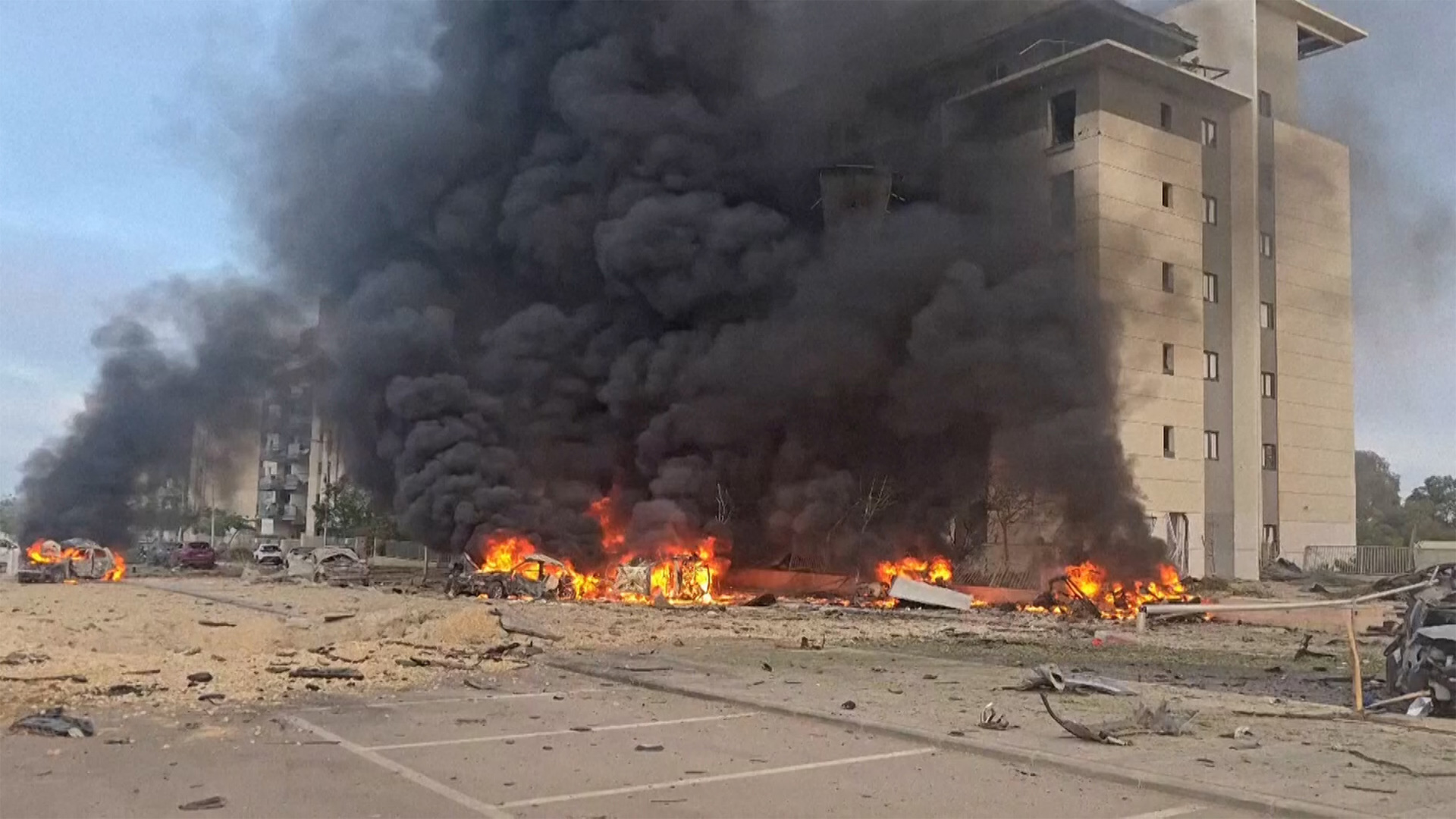Meghan Markle is pressing ahead with build her business empire with her lifestyle brand As Ever – but one royal expert has questioned Prince Harry new career path
Meghan Markle continues to build her business empire with her As Ever lifestyle brand and a vast investment portfolio. But while the Duchess of Sussex pursues her entrepreneurial aspirations, it seems to be a different story for Prince Harry.
The Duke of Sussex is said to be concentrating more on his charity and philanthropic works rather than chasing commercial ventures. It is a marked difference from several years ago, when the Sussexes’ careers appeared intertwined with Meghan declaring that she and Harry were like “salt and pepper” as they always “move together”.
And with a change in their working lives, a new Channel 5 show called Meghan and Harry: Where Did The Money Go? shines a light on their finances; revealing Harry’s surprising inheritances, Meghan’s millions and their staggering Montecito mortgage.
The documentary counts the multi-million pound deals the pair have cut to sell their story since leaving The Firm – but it also details their astronomical outgoings.
It also sees one royal journalist pose a question about Harry’s contribution – especially given Meghan’s revelations about how much of a hands-on parent she is to their children Prince Archie and Princess Lilibet.
Royal commentator Emily Andrews reckons Harry doesn’t contribute much else to his household – and she tells the documentary: “Meghan gets up at half six, half an hour before the children, then the children gets up and she gets them dressed, gets their breakfast, and then she makes their packed lunch and takes them to kindy (nursery), then at 9 o’clock she sits down and is a girl boss… Where is Harry in all of this? He’s not making money, he’s not looking after the kids, what is Harry doing?”
It comes after other experts say the couple will see their income dwindle and costs soar as their multi-million pound deals dry up. After striking their ‘Megxit’ deal in 2020, King Charles removed all financial support from the couple, with Harry moaning to Oprah that his dad “literally cut me off financially”.
Royal expert Norman Baker tells the show: “There’s no doubt in my mind that Meghan and Harry’s income is going to decline in the future. It’s declining now. They’ve done the big hits that they could do. They’ve done the big Spotify event, they’ve done the big book, there is nothing else to come, nothing else to sell apart from themselves.”
Upon moving to America, the pair splashed out on a family home costing $14.65 million (£11m). However, they also took out a mortgage of $9.5m (£7m), with repayments in the region of $50,000-100,000 (£73,000 – £37,000) a month. Until now, it’s been unheard of for a senior royal to require a mortgage.
On top of that, Prince Harry has been forced to fund his own security, and he rarely travels anywhere public without a four-car convoy.
Former royal protection officer Simon Morgan explains the costs of specialist protection, saying: “It’s always very difficult to identify the cost in relation to specialist protection, purely because there’s a lot of other factors that go into it. You are looking at somewhere in the region of about £3 million a year to protect somebody who stays at home.
“As soon as they leave the residence, even if they go down to the shops, that could see that cost double or triple and go from £3m to £6m or £9m or £10m, conservatively. Security is not a fashion accessory, it’s a need. You’ve got to address your needs versus your wants.”
To pay for it, the pair famously signed a £100 million five year deal with Netflix in 2020 and a £15 million deal with Spotify. The Spotify deal has already ended with a top exec at the firm dubbing the pair “grifters”, while the Netflix deal is due to end this year, with no renewal in sight.
Before Megxit, the Sussexes were earning £2.3m a year as working royals, receiving money from the then Prince Charles’s Duchy of Cornwall. But when the pair left The Firm that all stopped, leaving Harry forced to live on the inheritance his mum Diana, Princess of Wales left him in her will.
When she died in 1997 Diana left £6.5m to the boys each, which had grown to around £10m when Harry received it upon turning 30. Talking to Oprah, Harry said “Without that, we wouldn’t have been able to do this,” referring to the family’s move to California. Meghan, meanwhile, was thought to be worth around £5million when she met Harry – money built up from her time as an actress on Suits and from her lifestyle brand.
His tell all book Spare earned Harry a $20m (£15m) advance and sold an incredible 3.2 million copies in its first week. And he’s expected to have received a further £7m from the hardback sales.
PR expert Nick Ede is backing Meghan to become the family’s highest earner. He says: “Meghan is the best way of making money for the two of them. She is the breadwinner.” Nick believes that having to build her own fortune before she met Harry means she’s more savvy with deals than her royal husband.
Nick continues: “Megan from an early age knew it was very important to be secure. If you’re a jobbing actress that means you don’t know literally where the next pay cheque will come from and I think that will have added to her drive.”
Broadcaster and critic Bidisha Mamat agrees with Nick and admits she fears that Harry has a lot to prove. She says: “They are going to run out of ideas before they run out of money. Meghan is going to do fine, Meghan is going to make her money, Harry has the bigger financial, personal and emotional challenge. Harry has to prove he really can have a career.”
Following the collapse of the Spotify deal, Meghan did indeed land another podcast deal. This time, however, her deal was with smaller company Lemonada and expected to be worth just $40,000 (£30,000).
Meghan is also still coining it in from Suits, from which repeats are thought to have recently added another $200,000 (£148,800) to the Sussex bottom line.
Indeed, Meghan might be more savvy with money but Harry has just come into another inheritance – this time from his great-grandmother, Elizabeth, Queen Mother. In 1994 the Queen Mother set up a Trust Fund to benefit her great-grand children and this is expected to have paid out £8m to Harry.
Since they left the royal family, the pair have become more famous than ever and commentator Afua Hagan believes the pair will go on to achieve more and more.
She says: “What is clear about Harry and Meghan is that they are very savvy with their money. America is a good spot for them at the moment because it definitely fits in with their idea of entrepreneurship.
“Harry and Meghan have proven time and time again that they can stand on their own two feet that they can provide for themselves and their family. Definitely we can never count them out.”
The Duke and Duchess of Sussex have been contacted for comment.
Meghan & Harry: Where Did The Money Go? is streaming on 5
